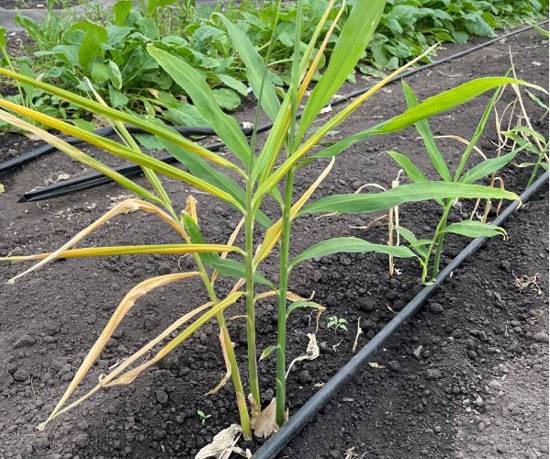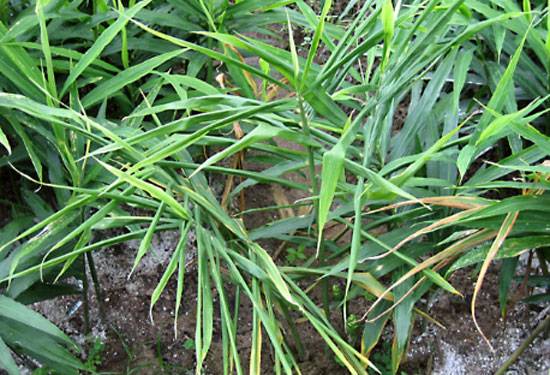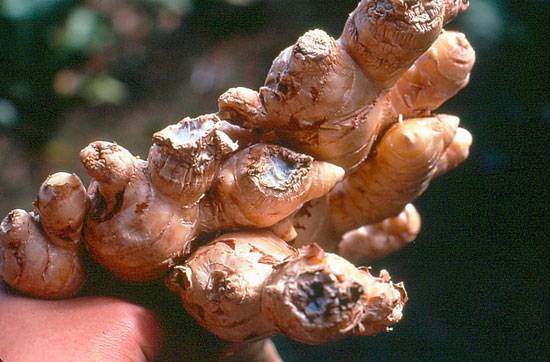Crops
Ginger

Ginger
Ginger (Zingiber officinale) is native to Southeast Asia, specifically in regions that include modern-day India and China. Historical records suggest that ginger has been cultivated for over 3,000 years. It was highly valued in ancient cultures, including those in India, China, and Greece, for both its culinary and medicinal properties.
Global Area and Production
Ginger is grown on approximately 600,000 hectares worldwide. Major producers include India, China, Nigeria, and Thailand. India is the largest producer of ginger, contributing a significant portion to the global supply. The crop's popularity is attributed to its versatility and various health benefits.
Uses of Ginger
- Culinary: Ginger is widely used in cooking for its distinct spicy and aromatic flavor. It is a common ingredient in both savory and sweet dishes, including soups, curries, teas, and baked goods.
- Medicinal: Ginger is renowned for its medicinal properties. It is used to alleviate nausea, improve digestion, and reduce inflammation. Its active compounds, such as gingerol, contribute to its health benefits.
- Industrial Uses: Ginger extracts are used in the production of essential oils, cosmetics, and herbal supplements.
Ginger Cultivation in India
Major Growing Areas
In India, ginger is primarily cultivated in the states of Kerala, Karnataka, Tamil Nadu, Andhra Pradesh, and Odisha. Kerala is the leading producer, with its favorable climate and soil conditions supporting extensive ginger cultivation.
Climate Requirements
- Temperature: Ginger thrives in a warm, humid climate with temperatures ranging from 20-35°C. It requires consistent warmth and is sensitive to frost.
- Rainfall: Ginger needs abundant rainfall, typically between 1,500-2,500 mm annually. It requires consistent moisture throughout its growing season to ensure healthy rhizome development.
Soil Requirements
Ginger grows best in well-drained, loamy soils rich in organic matter. The ideal soil pH for ginger cultivation is between 5.5 and 6.5. Good drainage is crucial to prevent waterlogging, which can lead to rhizome rot and other diseases.
Blog
Explore Our Blog



About Us
Welcome to Agriplaza
Welcome to Agriplaza. India's first and only comprehensive digital platform dedicated to agriculture and farmers. Explore widest range of related data our figures speaks a lot.
626579
Visitors
239
Diseases
131
Pests




